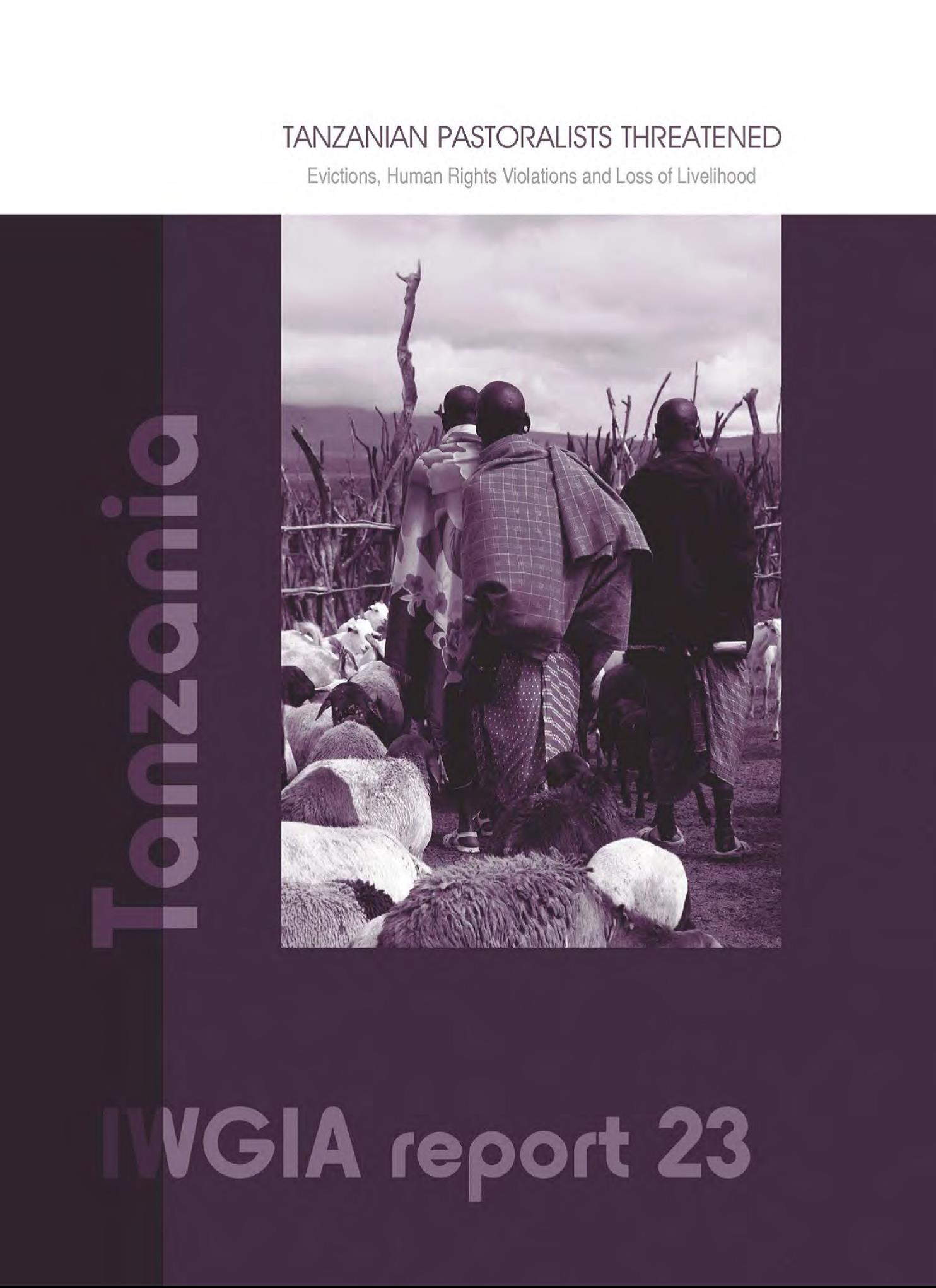Peatland Restoration and Sustainable Grazing in China
Situated at the headwaters of the Yellow River, the sedge-dominated peatlands in the Ruoergai plateau in China, store water and supply it to downstream areas. These peatlands also support endemic and endangered Himalayan species and maintain the special aspects of Tibetan culture. In the 1960-70’s, the Ruoergai peatlands, which had been drained for agriculture, began to be badly damaged by overgrazing. Assessments and field observations indicate that over 70 percent of the peatlands are severely degraded.


